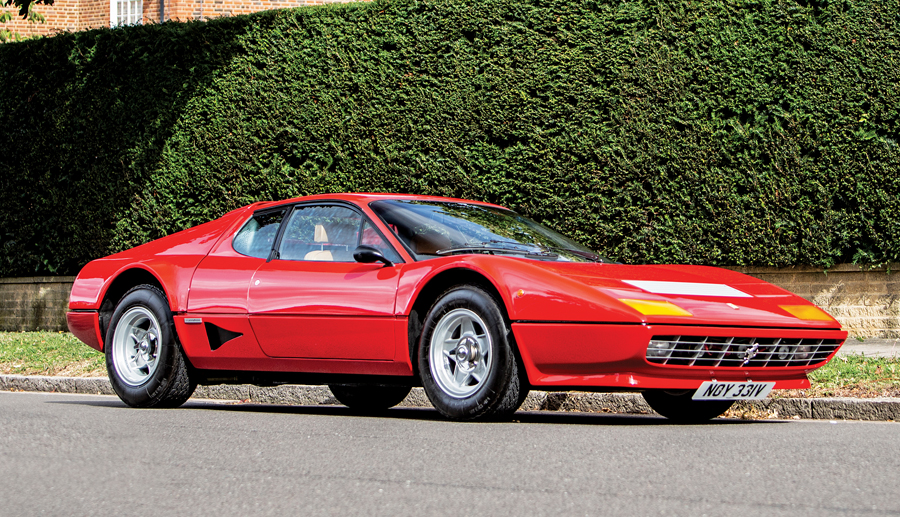- One of 929 produced
- Delivered new in Italy
- Circa 13,000 kilometers from new
- Ferrari Classiche certified
“The fact that the Boxer was down 4 mph on the Lamborghini Countach’s ‘fastest ever’ maximum speed was unimportant. The Ferrari 512 Boxer wins a more important award, as the best all-round sports and GT car we’ve tested. The Boxer has it all, the speed, the handling, the lovely shape, the well-done cockpit and, most important of all, a reputation for reliability.” —
Road & Track magazine